The General Electric C44-9W was one of the most popular locomotives of the 1990s, helping establish GE as the dominant locomotive builder in North America. These six-axle beasts are now available in HO scale from MTH Electric Trains.
The prototype. The 4,400-horsepower Dash-9 road freight locomotives were built from 1993 to 2004. The first purchaser was Chicago & North Western Ry. BNSF Ry. bought 1,697 of the 2,375 units built for North American railroads. The 100 built for the Atchison, Topeka & Santa Fe Ry. before its merger with Burlington Northern eventually went to BNSF. An additional 204 export locomotives were built for customers in Australia and Brazil.
The locomotives debuted GE’s high-adhesion truck, which allowed a limited amount of steering at the end axles of the trucks. Because the wheels could better follow the curve of the track, the locomotive was able to transmit more of its tractive effort to the rails.
General Electric’s 7FDL16 V-16 diesel engine received electronic fuel injection for the C44-9W. This increased horsepower to 4,400 over its predecessor Dash-8 locomotives’ 4,000 hp, while improving efficiency. The Dash-9 locomotives were succeeded in GE’s product line by the cleaner and more efficient Evolution Series models in 2003.
The model. This hefty model weighs in at 1 pound, 4.4 ounces. A die-cast metal frame contributes to that weight. The plastic shell is finely molded, with well rendered door latches, and different anti-skid textures on the roof and walkways.
Scale-thickness wire handrails are snapped into plastic stanchions, which gave me a little trouble on the engineer’s side. The handrail next to the dynamic brake housing kept coming loose when I lifted the locomotive.
All grab irons are metal, as are the separately applied lift rings. End steps have perforated treads. The only user-installed parts are a snowplow, through which the multiple-unit hoses must be threaded, and optional Kadee no. 158 scale whisker knuckle couplers to replace MTH’s remote-controlled Proto-Couplers.
The overall length of the locomotive is about 3 feet longer than scale due to oversized model couplers. All other dimensions match published sources. The silver and red Santa Fe Warbonnet paint on our sample was evenly applied, with sharp separations between the red and silver paint and the yellow and black striping between them.
Most of the lettering on the various warning labels is legible under magnification, although I couldn’t make out the manufacturer’s information on the GE placard on the engineer’s side of the cab.
Under the hood. I removed the handrails from the front of the cab, then from the rear of the cab. The handrails on the raised walkways behind the cab must be removed from the stanchions. Then, working from the bottom, I moved the trucks to each side so I could release the four tabs next to the fuel tank. The tabs need to be pushed out, away from the center of the locomotive, to release. I pushed them up through the frame, and lifted away the body shell, leaving the walkways in place.
A can motor with brass flywheels rides low in the frame. The electronics are placed above the motor, with a capacitor board at the rear of the locomotive. Speakers are concealed in the fuel tank, facing down. All wheels of the locomotive are driven, and all collect current from the tracks.
The capacitor area, which includes a potentiometer to control sound volume, can be accessed by lifting off the top of the radiator assembly. This doesn’t require disassembling the locomotive. Swapping the remote-opening Proto-Couplers for the included Kadee couplers is straightforward, but it’s difficult to reinstall the Proto-Couplers once they’ve been removed.
On the test track. I started testing the MTH Dash-9 with a direct-current (DC) power pack. The engine startup sequence started playing at just under 6V. At 7V, the locomotive started to move at 1 scale mph. At 12V, our maximum standard test voltage, the locomotive reached 38 scale mph, well below the prototype’s 70 mph top speed. Setting the Model Rectifier Corp. Tech4 MRC 200 powerpack at its maximum voltage, 13V, the locomotive reached 69 scale mph, very close to the prototype’s top speed.
Using an MRC Prodigy Advance2 Digital Command Control (DCC) system, I found the locomotive moved at 4 scale mph in speed step 1. With the decoder set for 28 speed steps, the locomotive recorded a top speed of 78 scale mph. With the decoder set to 128 speed steps, the C44-9W crawled along at 1 scale mph in speed step 1.
Using MTH’s DCS system, I could easily control the locomotive’s speed in 1 scale mph increments. Other controls, such as individual sound volume, coupler release, and engine notching, were just a push button away. To reach all 28 functions on a DCC cab takes multiple- button presses. That led me to remap some of the functions in DCC.
The owner’s manual outlined the procedure to remap them. It consists of looking up the configuration variable (CV) assigned to the function number, then looking up the value assigned to the function you wish to place there.
In a few minutes, I had moved the start up/shut down sequence to function 8, what MTH calls the passenger/freight announcements to F11, the front coupler release to F3, the rear coupler release to F4, and the grade crossing signal to F7.
MTH says the GE Dash-9 locomotive will run on 18″ radius curves, so I set up some 18″ radius curves to test it. The locomotive negotiated the curves without a problem, although I did have a few derailments with an Accurail 40-foot boxcar that was coupled to it.
The big GE was much happier on the wider curves of the Model Railroader staff’s layout, the Milwaukee, Racine & Troy. I found a 14-car unit coal train, which the C44-9W easily pulled up the 3 percent grade on the steepest part of the layout. The model’s 4.5 ounces of drawbar pull is equivalent to 63 HO scale freight cars on straight and level track. Using F19 I could notch up the engine sound before pulling out with a heavy load, and F20 allowed me to notch down.
I advance consisted the MTH locomotive and an Athearn ES44AC using programming on the main with an NCE DCC system. I also could read CVs using a programming track. The only thing I couldn’t do with a DCC system is control the individual sound effect volume levels, which I could do with our DCS Commander control box.
MTH’s Proto-Couplers are larger than most HO knuckle couplers. It was fun to press a button to open a coupler and pull away from a train. However, it was easier to couple to a train if the knuckles were pushed closed first. Otherwise, the engine had to run at 30 scale mph to close the open knuckles and pick up a train.
MTH’s C44-9W is an accurately detailed, feature-packed locomotive. It ran smoothly in DC and DCC modes, as well as under the control of the firm’s DCS operating system. Modelers who wish to install their own DCC decoders could opt for the DC-powered, DCC-ready version of this locomotive.
If you’re in need of big, modern power for your layout, this could be the locomotive for you.
Price: $299.95 w/Proto-Sound 3.0; $199.95, DCC-ready; $319.95 w/Proto-Sound 3E+ (3-Rail)
Manufacturer
MTH Electric Trains
7020 Columbia Gateway Drive
Columbia, MD 21046
www.mthhotrains.com
Era: 1993 to present
Roadnames: Atchison, Topeka & Santa Fe Ry.; BNSF Ry.; Canadian National; Chicago & North Western Ry.; Norfolk Southern; Southern Pacific; and Union Pacific, each in multiple road numbers
Features:
▪▪Die-cast metal chassis
▪▪Directionally controlled constant voltage LED headlights and operating ditchlights
▪▪Five-pole flywheel-equipped, skew-wound motor
▪▪Illuminated number boards
▪▪Lighted, detailed cab interior with crew figures
▪▪Operating Kadee-compatible remote controlled Proto-Couplers, mounted at correct height
▪▪Optional Kadee no. 158 scale whisker couplers
▪▪RP-25 metal wheels, in gauge
▪▪Weight: 1 pound, 4.4 ounces





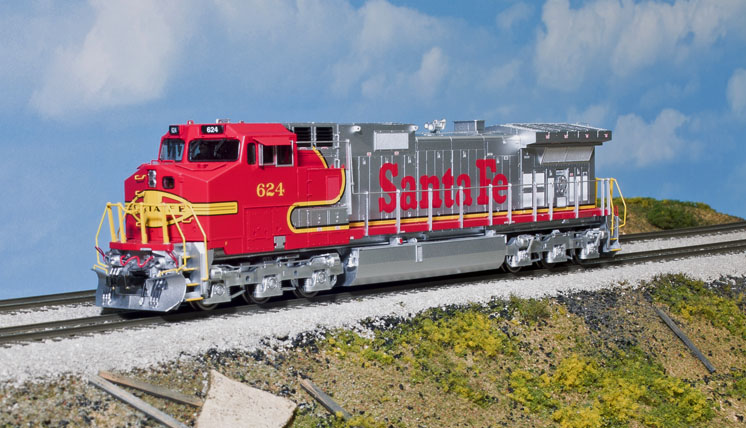

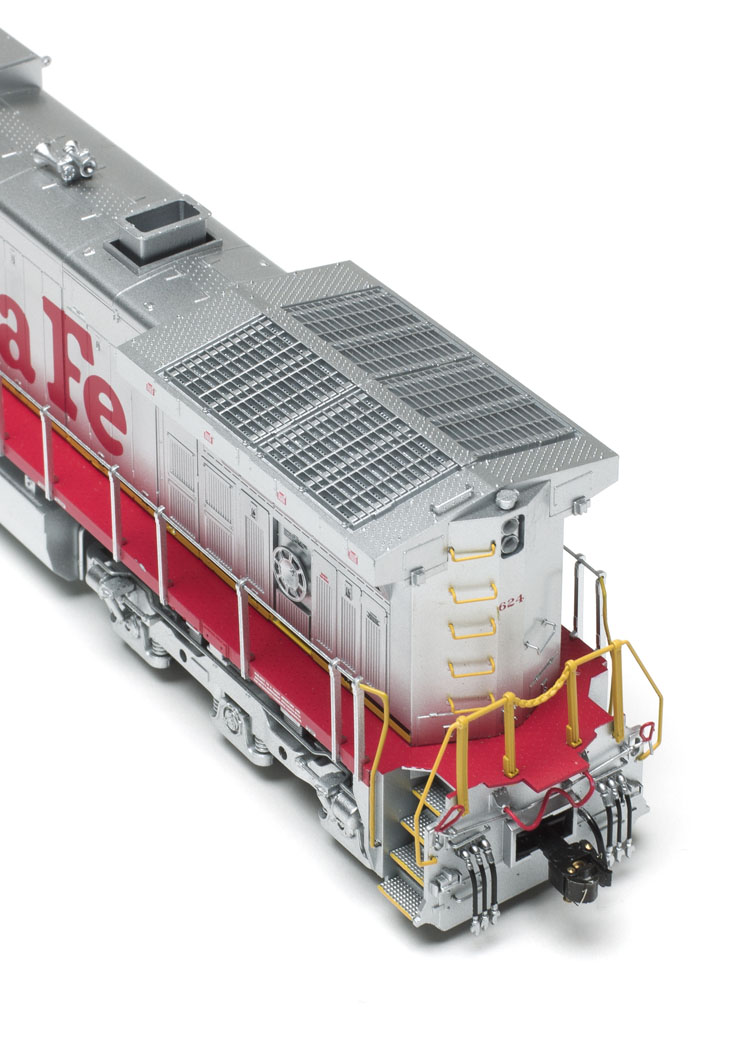
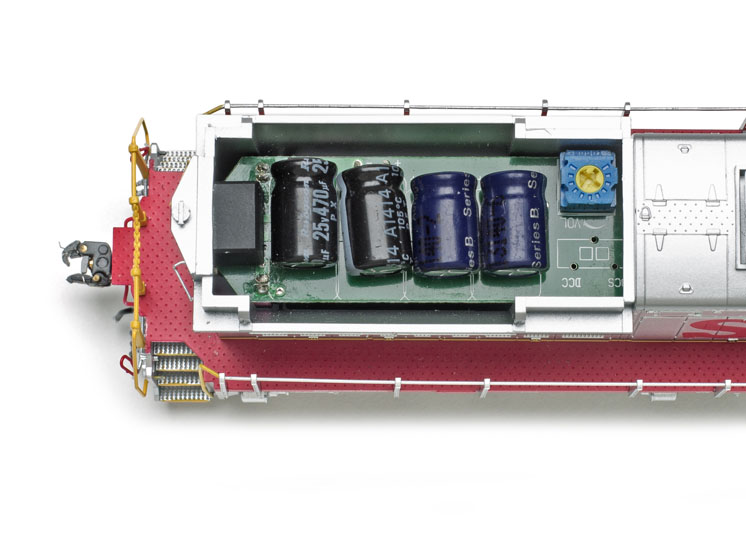
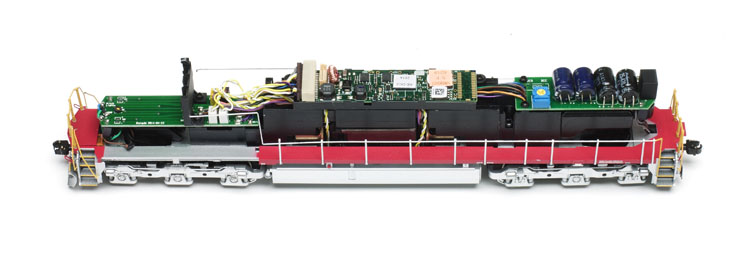
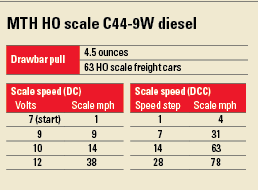

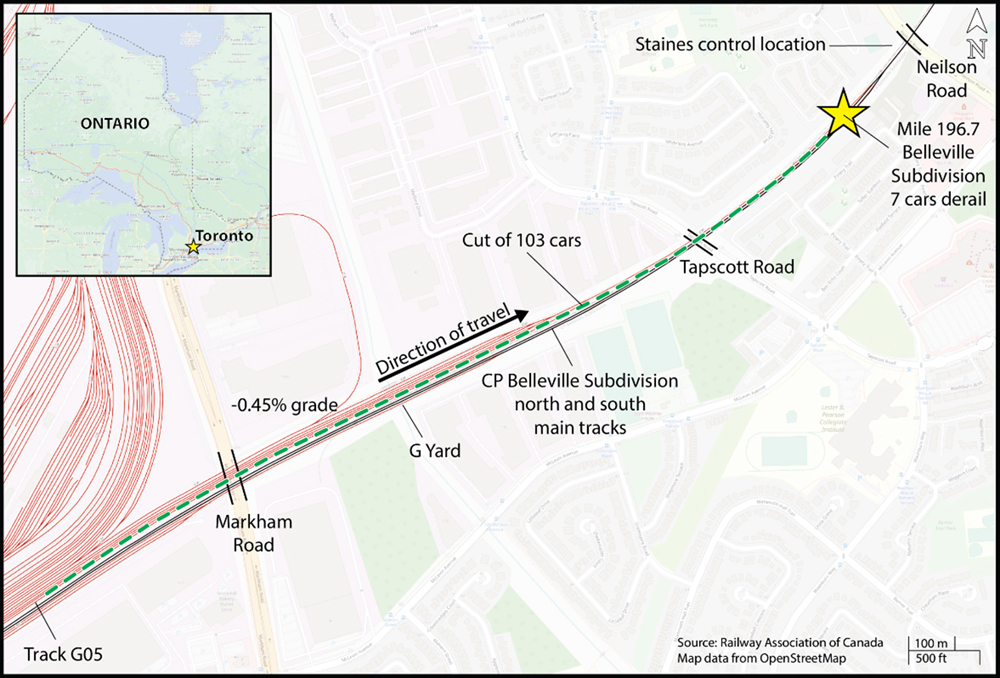
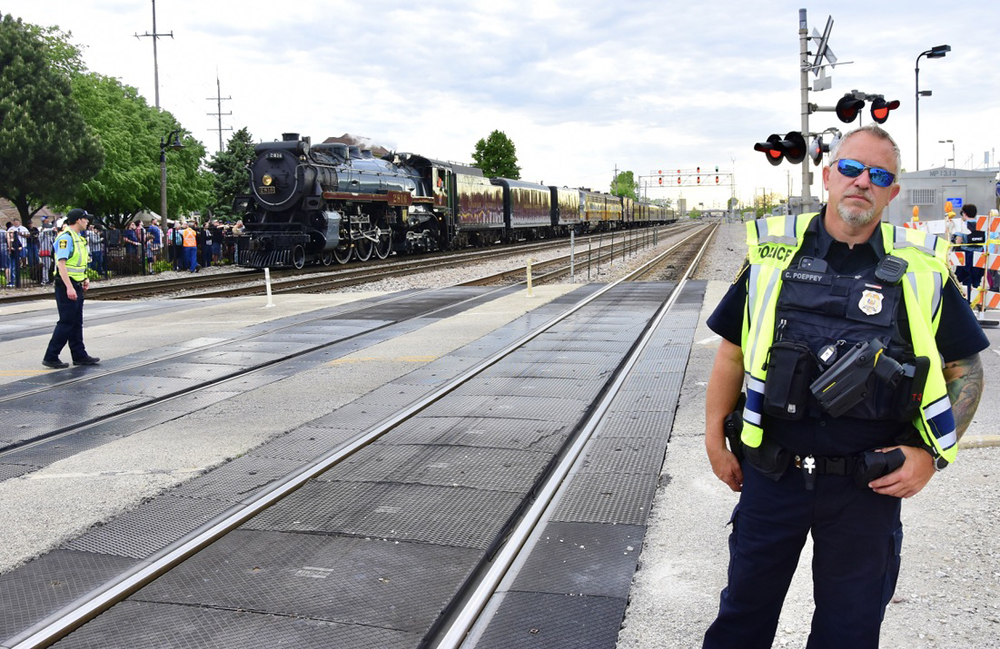
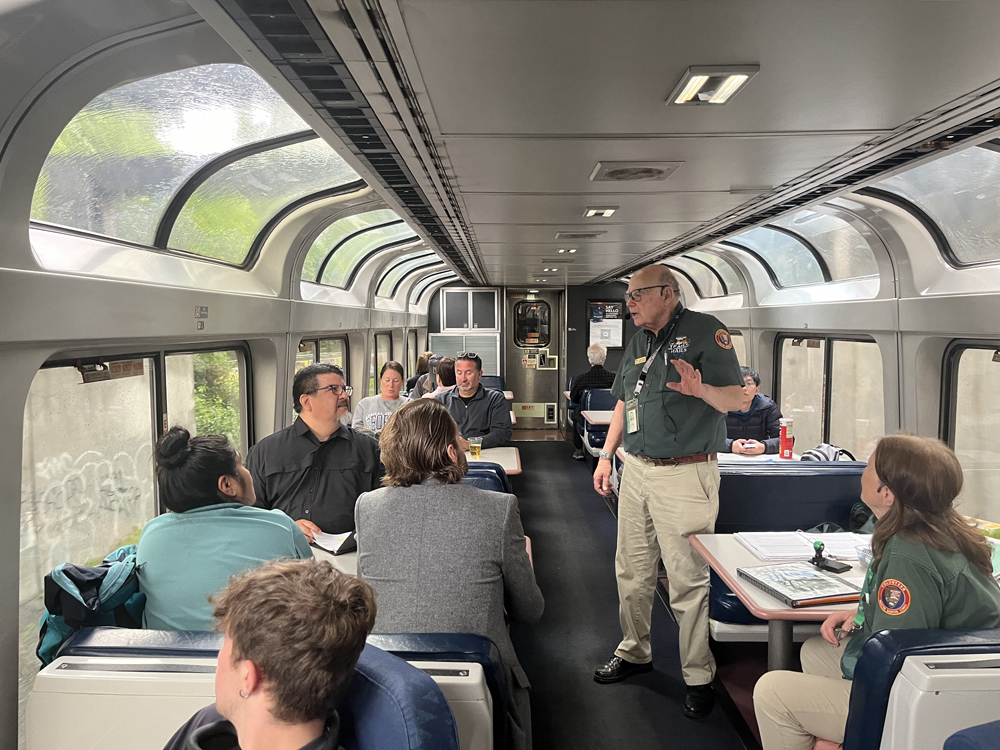
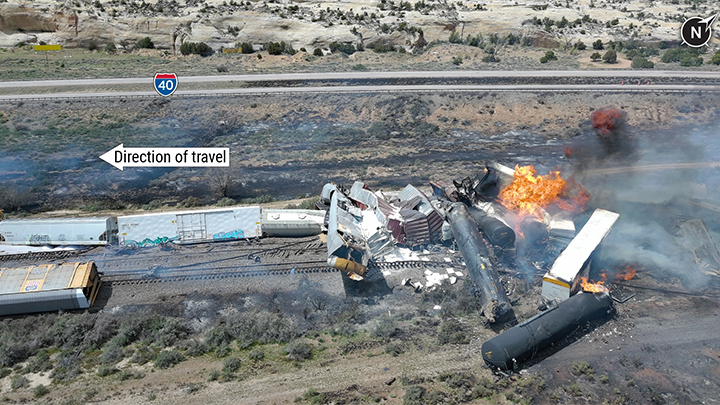




Would it be possible for product reviews of MTH HO C44-9W for Marklin 3-Rail or any information on same would be welcome from HO Marklin users?
Changing to the Kadee couplers is very troublesome for me. Even with the best of tools and magnifying glasses.
Can it be reprogrammed on either DCC and/or DCS so that the ditch lights do not flash at all? I've seen reviews on Youtube where they flash if the horn is blown, but not all the railroads that MTH offered had flashing ditch lights on the prototype, such as Santa Fe, BNSF, CNW, UP, and so on. I looked at the online locomotive manual and searched around google and could not find any answers. I would like to purchase a CNW Dash9 or two, but I do not want to get the DCS/DCC sound version if the ditch lights cannot be reprogrammed at all. If that's the case I would get a DC version and install a different sound decoder myself. Any help appreciated!